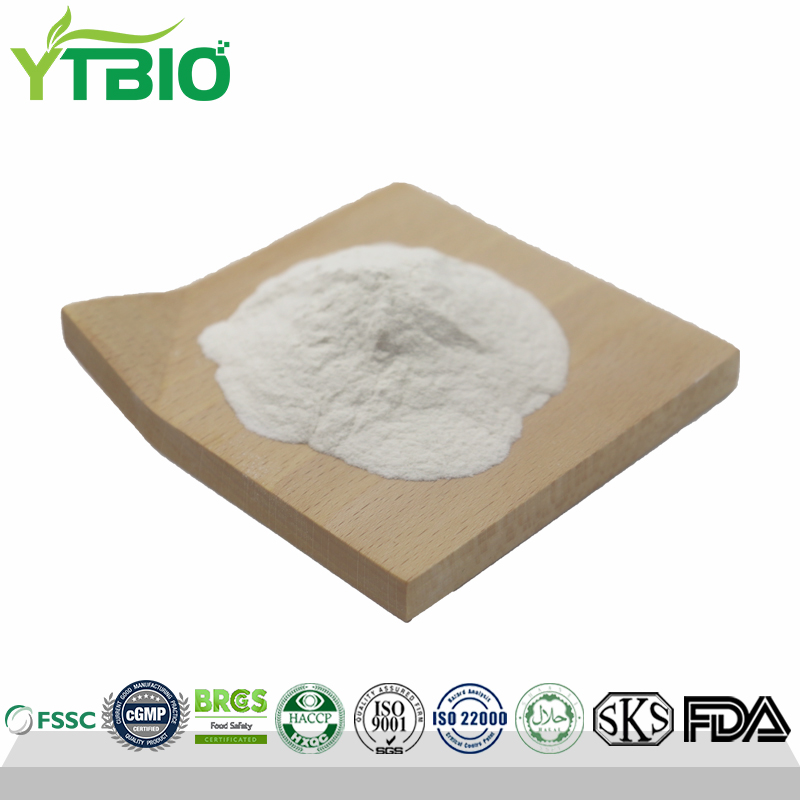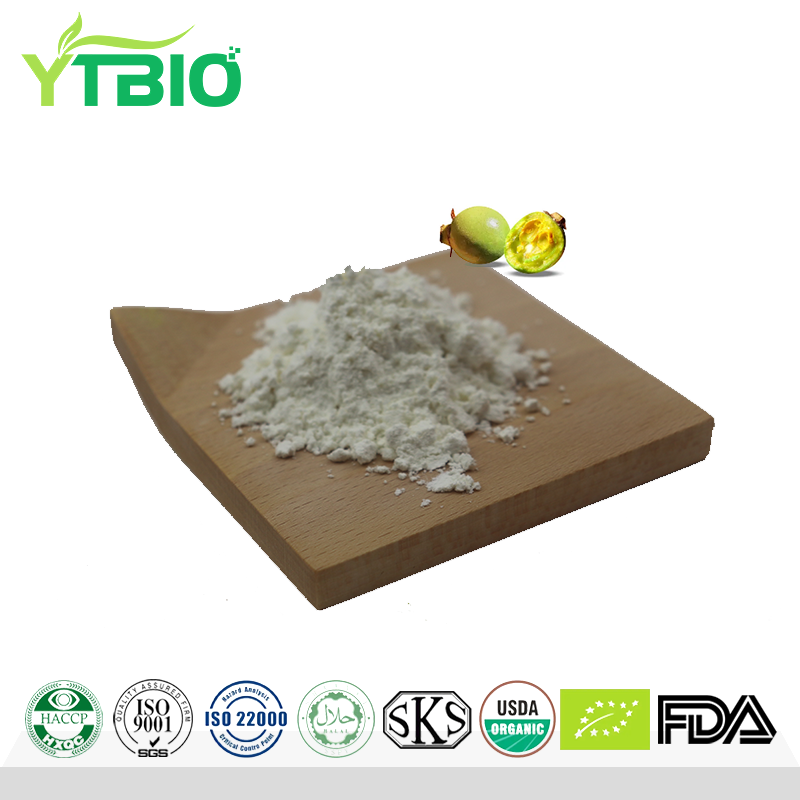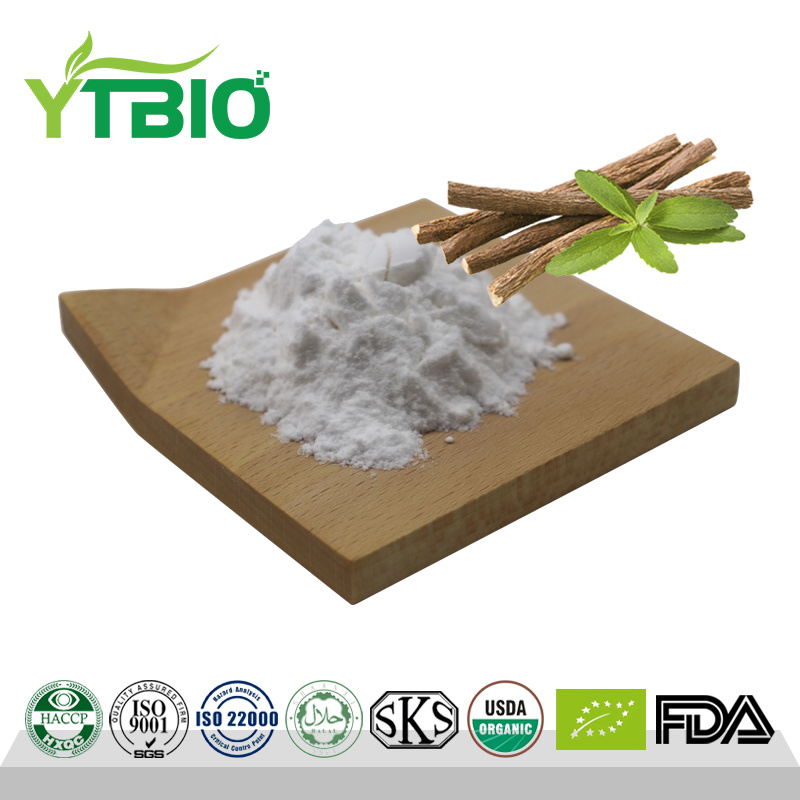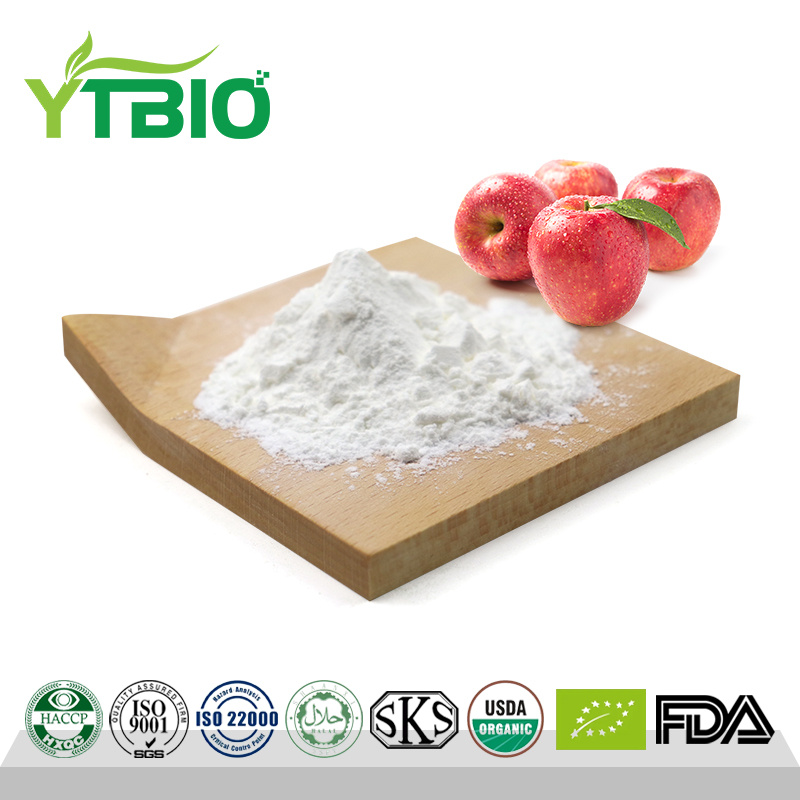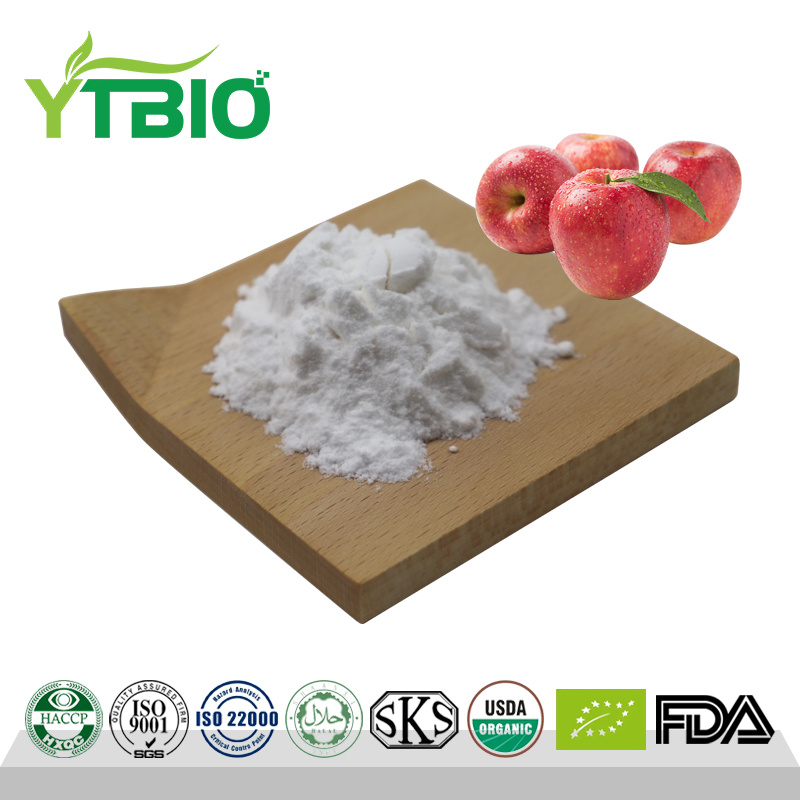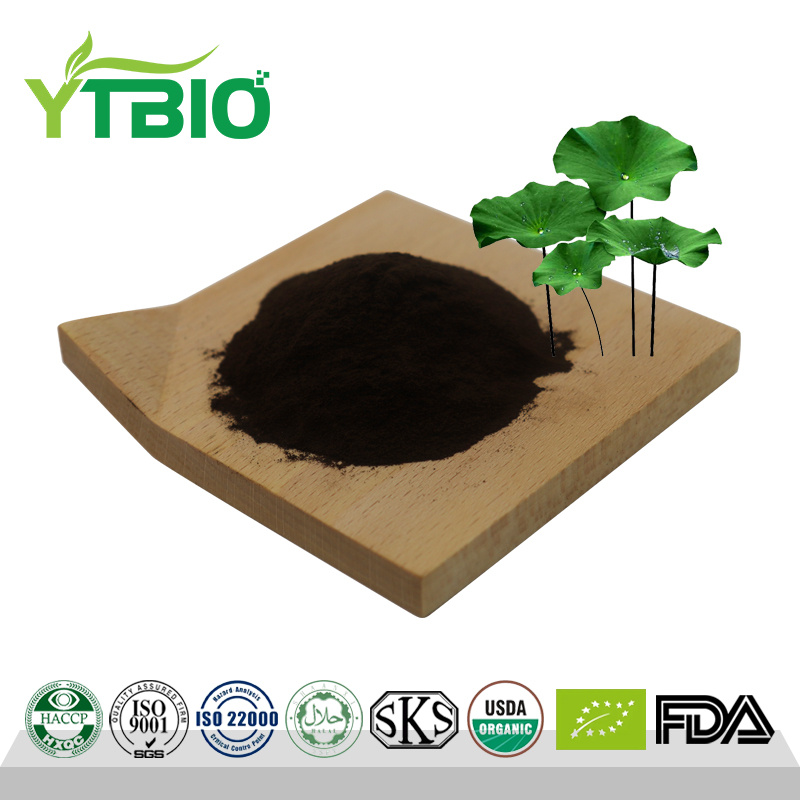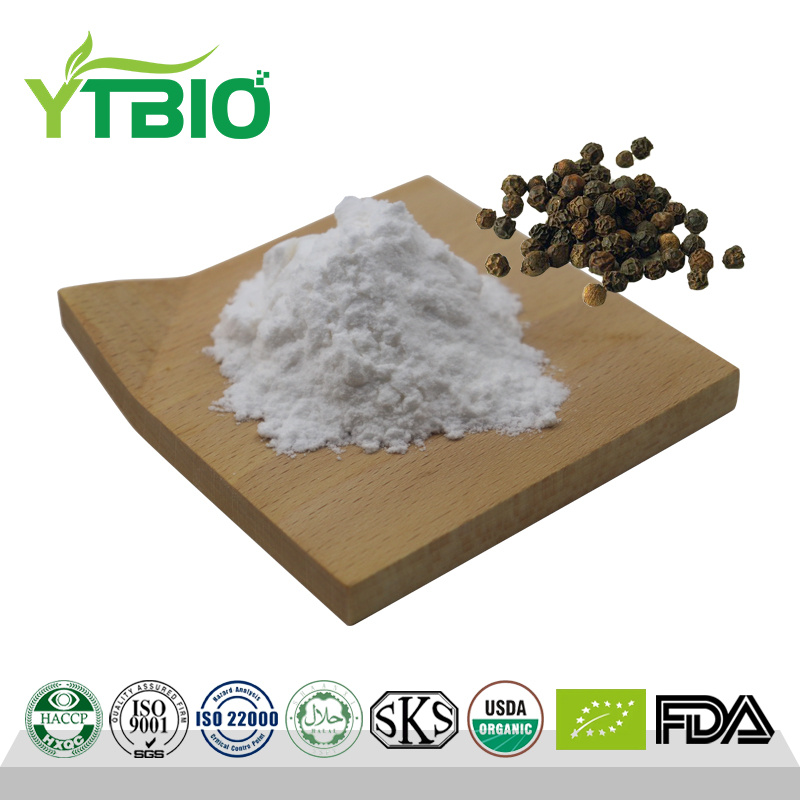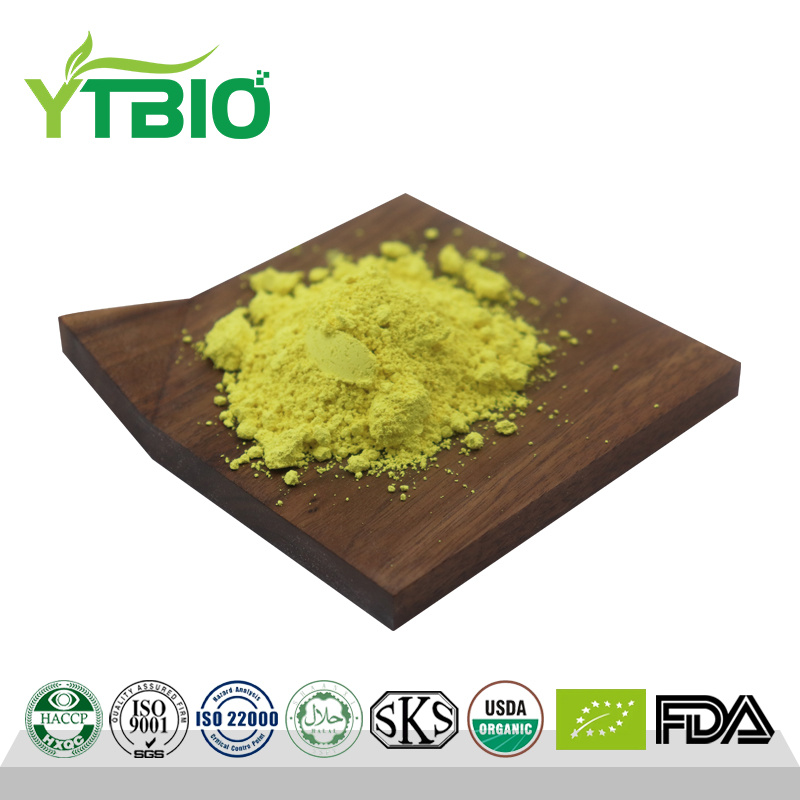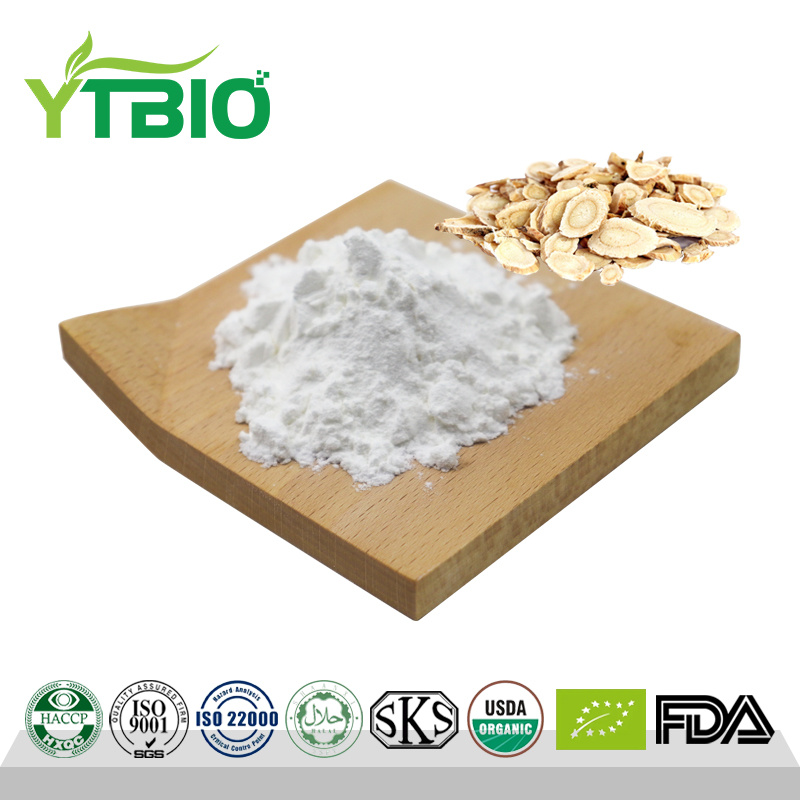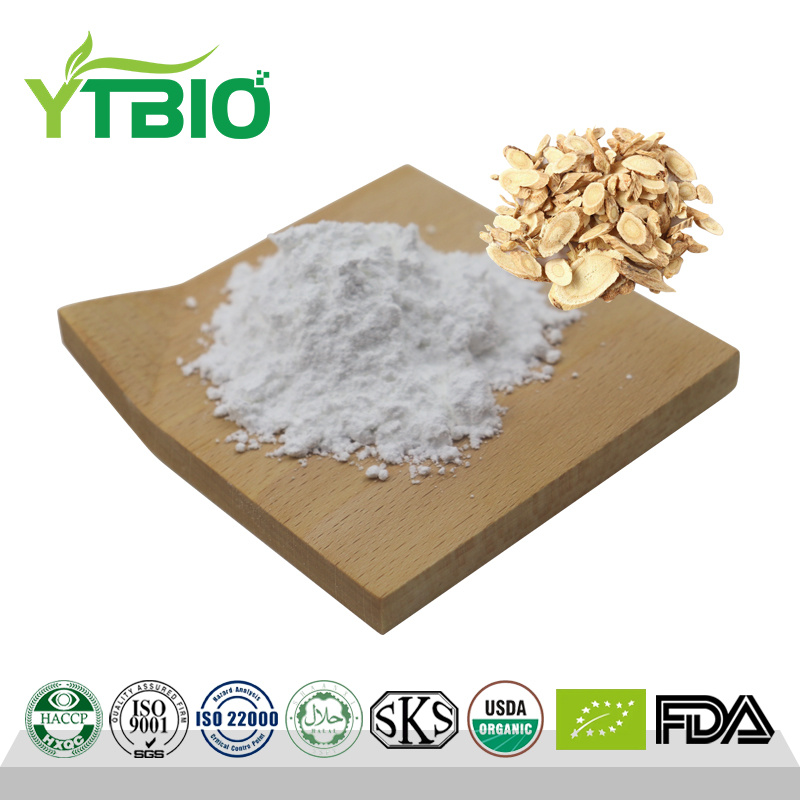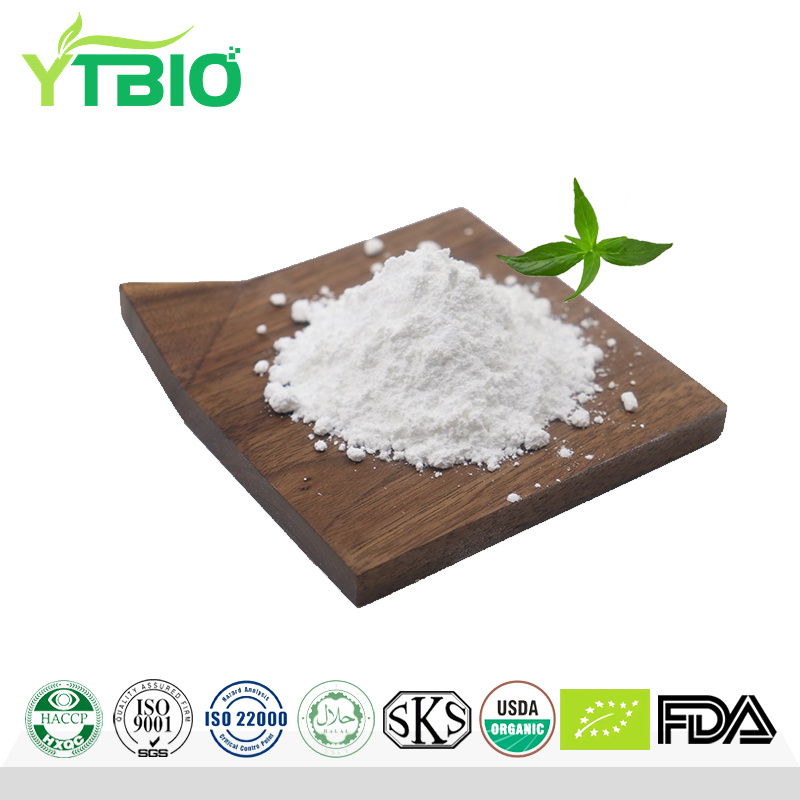Andrographolide 98% Powder CAS 5508-58-7
Characteristics and Benefits of Andrographolide
Basic Properties
Source and Classification:
● Extracted from Andrographis paniculata, a plant in the Acanthaceae family
● Classified as a diterpene lactone compound; it is the principal bioactive constituent of Andrographis
Physicochemical Properties:
● Appearance: White prismatic or flaky crystals
● Odor: Odorless, extremely bitter taste
● Solubility:
Readily soluble in boiling ethanol
Slightly soluble in methanol and ethanol
Almost insoluble in water and ether
Pharmacological Effects
Core Functions:
● Heat-clearing and detoxifying: Inhibits the proliferation of pathogens
● Anti-inflammatory and analgesic: Reduces tissue swelling, heat, and pain
Clinical Advantages:
● Shows over 80% efficacy in treating bacterial or viral upper respiratory infections
● Reduces the onset time for acute dysentery by 30% compared to conventional drugs
● Nicknamed the “plant antibiotic,” with significantly fewer side effects than synthetic antibiotics
Pharmacological Mechanisms of Andrographolide
1.Immunomodulatory Function
Activation of Immune Cells:
● Significantly induces peripheral blood mononuclear cells to produce IFN-α, IFN-γ, and TNF-α (P < 0.05)
● Enhances NK cell cytotoxicity against tumor cells (e.g., K562) (P < 0.05)
Mechanism of Action:
● Regulates NK cells, macrophages (MΦ), and cytokine networks
● Inhibits excessive T cell activation, downregulating adaptive immune responses
2.Antipyretic and Anti-inflammatory Effects
Multi-target Inhibition:
● Blocks the NF-κB signaling pathway, reducing the release of pro-inflammatory factors
● Inhibits COX-2 expression, decreasing prostaglandin synthesis
● Regulates MAPK phosphorylation, interfering with the inflammatory cascade
● Reduces the expression of adhesion molecules, limiting leukocyte migration
Clinical Effectiveness:
● Shows a 20%-30% improvement in the antipyretic efficiency for infectious fevers compared to conventional drugs
3.Anti-infective Properties
Antibacterial Biofilm Inhibition:
● Inhibits Pseudomonas aeruginosa biofilm formation at concentrations of 5–300 μg/mL
● Mechanism of action: Interferes with the QS system (downregulates lasR/rhlR gene expression)
● Co-administration with azithromycin enhances antibacterial effects (synergistic effect)
Antifungal Activity:
At concentrations of 250–1000 mg/L:
● Blocks the early adhesion of Candida albicans
● Inhibits hyphal growth
● Induces biofilm cell apoptosis
Application direction
Andrographolide is widely used in the field of health care products.



